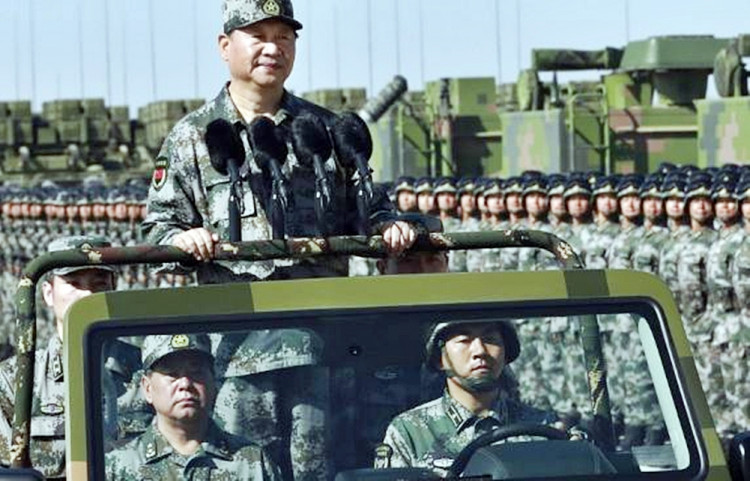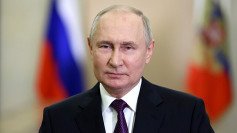The United States Armed Forces still sees the People's Liberation Army (PLA) as its military inferior – a situation it expects will persist until the 2050s – despite immense strides by the latter's modernization program in closing the huge military gap.
The new Department of Defense report to the U.S. Congress, "Military and Security Developments Involving the People's Republic of China 2020," assesses the PLA today as a war-averse force still wedded to the modernization goal set by Xi Jinping, chairman of the Central Military Commission (CMC).
The goal put forward by Xi in 2017 is for the PLA to transform itself into a "world-class" military by the end of 2049. The Pentagon takes this vague notion to mean China "will seek to develop a military by mid-century that is equal to – or in some cases superior to – the U.S. military, or that of any other great power that the PRC views as a threat."
This assessment also implies the current military inferiority of the PLA compared to the U.S. Armed Forces will prevent the former from waging a conventional war against the U.S. (a World War 3) for the next three decades, at least.
But the Pentagon admits the march to attain Xi's aim has seen China outpace the U.S. in several military areas such as warship building; land-based conventional ballistic and cruise missiles and integrated air defense systems.
The People's Liberation Army Navy (PLAN) has the largest navy in the world in terms of ship numbers. Its overall battle force comes to 350 ships and submarines, including over 130 major surface combatants. In comparison, the U.S. Navy's battle force stands at 293 ships.
The People's Liberation Army Rocket Force (PLARF), the PLA's strategic and tactical missile force, is superior to the U.S. in numbers of ground-launched ballistic missiles (GLBMs) and ground-launched cruise missiles (GLCMs).
It commands more than 1,250 GLBMs and GLCMs with ranges between 500 km and 5,500 km. In contrast, the U.S. currently fields one type of conventional GLBM with a range of 70 km to 300 km. It has no GLCMs.
China is also superior to the U.S. in numbers of integrated air defense systems. The People's Liberation Army Air Force (PLAAF) "has one of the world's largest forces of advanced long-range surface-to-air systems-including Russian-built S-400s, S-300s, and domestically produced systems."
The Pentagon said that what prevents the PLA from becoming even more powerful are the massive organizational, structural and military-industrial problem bogging it down. The immensity of these drawbacks has led the PLA's leadership to conclude the PLA needs to undergo almost 30 more years of modernization – and reform, especially among the corrupt officer corps.
And the PLA is cognizant of the one great advantage America's military leaders and soldiers possess – combat experience.
Some American military analysts point out the PLA, specifically the People's Liberation Army Ground Force (PLAGF) is incapable of waging war beyond China's shores. The PLAGF's force structure and capabilities are focused largely on waging a large-scale land war against the Indian Army.






